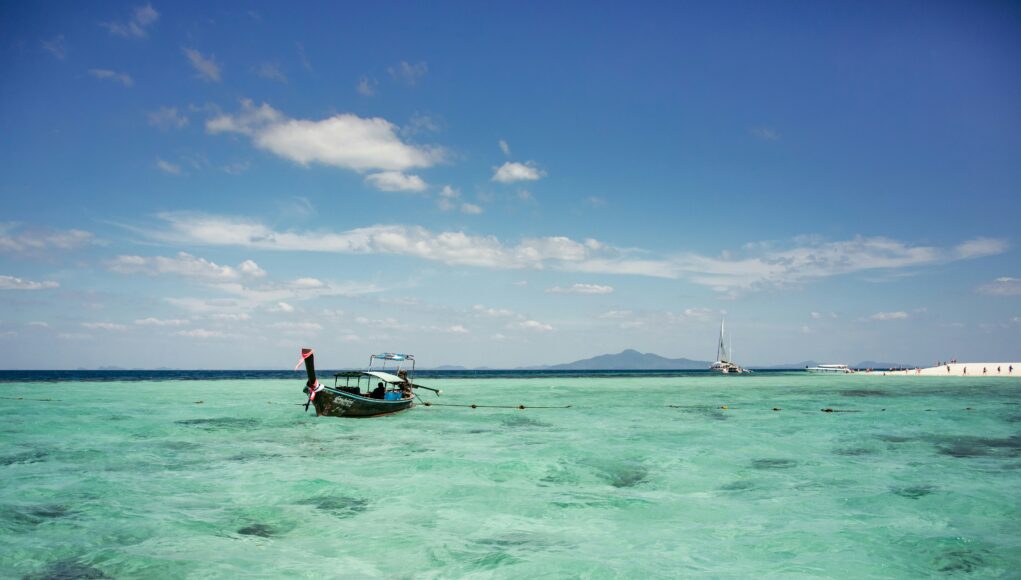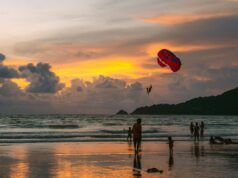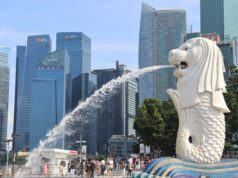Thailand’s islands are legendary. Picture-perfect beaches, crystal-clear waters, and vibrant marine life draw travelers from around the globe. Island hopping lets you experience the diverse beauty of this Southeast Asian gem. You can explore bustling markets, serene coves, and dramatic limestone karsts. This guide provides insider tips and highlights the best destinations for an unforgettable Thai island adventure. Get ready to discover your perfect slice of paradise!
Contents
- Planning Your Island Hopping Adventure
- Andaman Sea Gems: Phuket, Krabi & Phi Phi
- Gulf of Thailand Retreats: Koh Samui, Koh Phangan & Koh Tao
- Off-the-Beaten-Path Islands
- Practical Tips for Island Hopping
- Frequently Asked Questions (FAQs)
Planning Your Island Hopping Adventure
Planning is key to a smooth island-hopping trip. First, decide on your preferred region: the Andaman Sea (west coast) or the Gulf of Thailand (east coast). The Andaman offers iconic limestone cliffs and emerald waters. Think Phuket, Krabi, and Phi Phi. The Gulf features lively parties, quiet escapes, and world-class diving. Consider Koh Samui, Koh Phangan, and Koh Tao. “Every island has its own unique character,” says travel expert Lisa Nguyen, “so choose based on the vibe you’re seeking.”

Consider the best time to visit each region. The Andaman Sea enjoys its dry season from November to April. The Gulf of Thailand’s dry season runs from May to September. Booking flights to major hubs like Phuket or Surat Thani provides the easiest access. From there, ferries and speedboats connect you to individual islands. Flexibility with your itinerary allows for spontaneous discoveries.
Andaman Sea Gems: Phuket, Krabi & Phi Phi
The Andaman Sea is home to some of Thailand’s most famous islands. Phuket, the largest island, offers a mix of bustling resorts, stunning beaches, and vibrant nightlife. Day trips from Phuket easily reach nearby islands. Speedboat tours to the Phi Phi Islands typically cost around 1,500-2,500 THB ($40-$70) per person, including lunch and snorkeling gear.
Krabi province boasts dramatic limestone karsts that emerge from emerald waters. Railay Beach, accessible only by longtail boat, is a rock climber’s paradise and a serene escape. A longtail boat ride from Ao Nang to Railay costs about 100-150 THB ($3-$5). Don’t miss the chance to kayak through mangrove forests or explore hidden lagoons. The Phi Phi Islands, famous for Maya Bay (made famous by “The Beach”), offer stunning scenery and excellent snorkeling. Visiting Maya Bay usually requires a tour, with early morning trips recommended to avoid crowds.
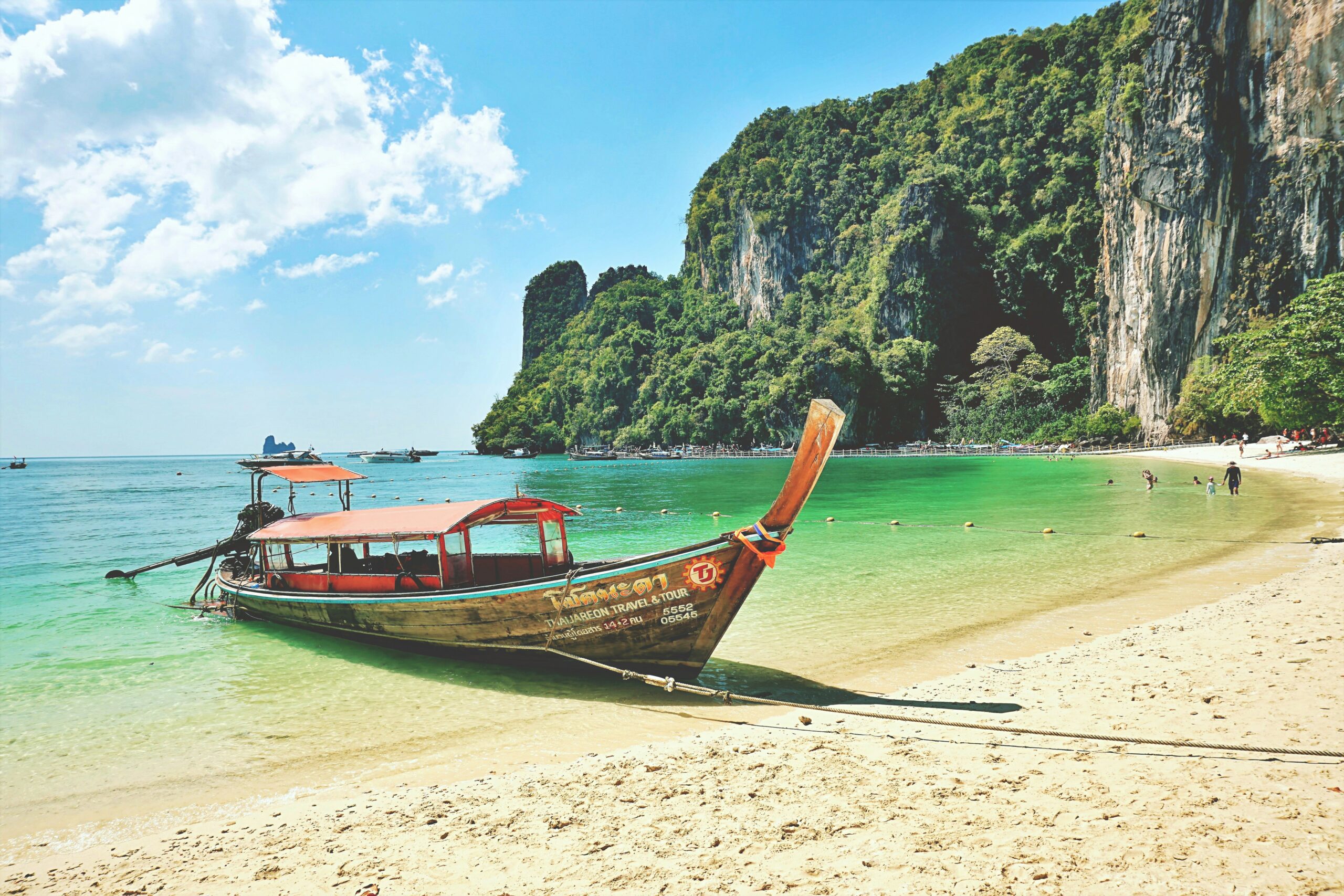
Gulf of Thailand Retreats: Koh Samui, Koh Phangan & Koh Tao
The Gulf of Thailand offers a different island-hopping experience. Koh Samui, the second-largest island, blends luxury resorts with lively markets. Chaweng Beach buzzes with activity, while Lamai Beach offers a quieter vibe. Expect to pay 100-200 THB ($3-$6) for a local taxi ride between main towns.
Koh Phangan, famous for its Full Moon Party, transforms into a peaceful haven outside of party dates. Explore serene beaches like Bottle Beach or hike to waterfalls. Ferries from Koh Samui to Koh Phangan cost around 300-500 THB ($9-$15). Nearby, Koh Tao is a diver’s dream. It offers affordable PADI certification courses starting around 9,000-12,000 THB ($250-$330). The calm, clear waters make it perfect for beginners and experienced divers alike. “The underwater world here is truly captivating,” notes marine biologist Dr. Ben Carter.
Off-the-Beaten-Path Islands
For those seeking solitude, Thailand offers many less-traveled islands. Koh Lanta, south of Krabi, provides a relaxed atmosphere with long, sandy beaches and a strong local community. Rent a scooter for around 200-300 THB ($6-$9) per day to explore at your leisure. Snorkeling and diving trips to nearby islands like Koh Rok are popular. You can expect to pay around 1,000-1,800 THB ($28-$50).
Koh Kood, in the eastern Gulf of Thailand near the Cambodian border, offers pristine jungle and secluded resorts. It’s ideal for a tranquil escape. Fewer tourists mean more untouched nature and quiet beaches. Consider Koh Chang for a balance of development and natural beauty, offering waterfalls, dense jungle, and white sand beaches.
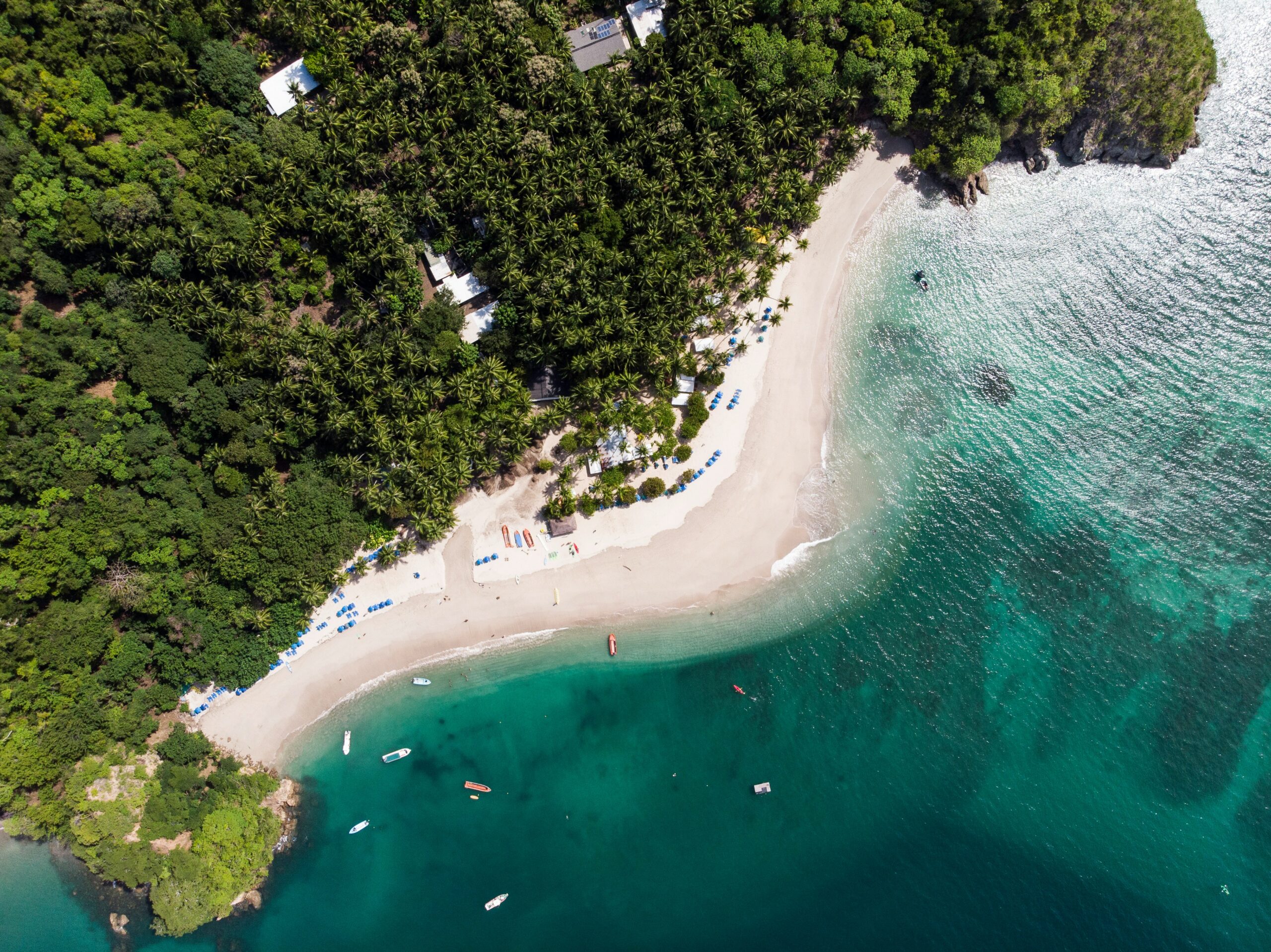
Practical Tips for Island Hopping
When packing for Thailand, prioritize light clothing, swimwear, sunscreen, and insect repellent. A waterproof bag protects valuables during boat trips. Cash is king on smaller islands, so withdraw money in larger towns. Always negotiate prices for tuk-tuks and taxis.
Book accommodations and major ferry transfers in advance during peak season. Consider travel insurance for peace of mind. Respect local customs: dress modestly when visiting temples and remove your shoes before entering homes. Learning a few basic Thai phrases like “Sawasdee krap/ka” (hello) and “Khop khun krap/ka” (thank you) greatly enhances interactions. “A flexible mindset and an open heart are your best companions,” advises seasoned traveler David Lee.
Frequently Asked Questions (FAQs)
What’s the best time of year for island hopping in Thailand?
The best time depends on the region. For the Andaman Sea (Phuket, Krabi, Phi Phi), visit from November to April. For the Gulf of Thailand (Koh Samui, Koh Phangan, Koh Tao), the dry season runs from May to September. Traveling during these periods ensures calmer seas and sunny weather.
How much should I budget for island hopping in Thailand?
A mid-range budget for island hopping in Thailand is around 1,500-3,000 THB ($40-$80) per day. This includes accommodation in guesthouses or mid-range hotels, local meals, transportation between islands, and a few activities. Budget travelers might spend less, while luxury trips can cost significantly more.
What are the main transportation options between islands?
Ferries are the most common and affordable way to travel between islands. Speedboats offer faster transit but are more expensive. Longtail boats are great for short distances, especially to secluded beaches or nearby islets. Flights connect major hubs like Phuket and Surat Thani to Bangkok or other cities.
Is it necessary to book accommodation in advance?
Booking accommodation in advance is highly recommended, especially during peak season (December-February) or around major events like the Full Moon Party. During the low season, you might find more flexibility and better deals. For popular islands, securing your stay beforehand ensures you get your preferred option.
What should I pack for island hopping?
Pack light, breathable clothing, multiple swimsuits, reef-safe sunscreen, a wide-brimmed hat, sunglasses, and insect repellent. Bring comfortable sandals or flip-flops. A quick-dry towel, a waterproof dry bag for electronics, and a basic first-aid kit are also essential. Remember adapters for your electronics.
Are there any cultural etiquette tips for visiting Thailand’s islands?
Always show respect for the monarchy and religion. Dress modestly when visiting temples (cover shoulders and knees). Remove your shoes before entering temples and sometimes homes. Avoid pointing your feet at people or Buddha images. A gentle “wai” (a slight bow with palms pressed together) is a common greeting.
Can I island hop with children?
Yes, many families successfully island hop in Thailand. Some islands are more family-friendly than others. Consider islands with calmer waters and readily available amenities. Phuket, Koh Lanta, and parts of Koh Samui offer good options for families. Plan shorter travel times between islands to keep children comfortable.















